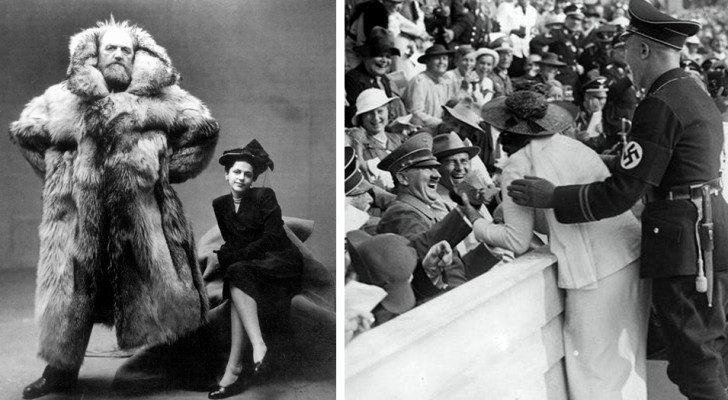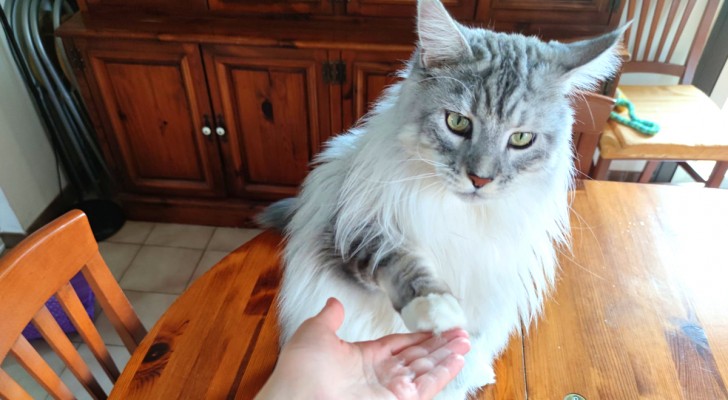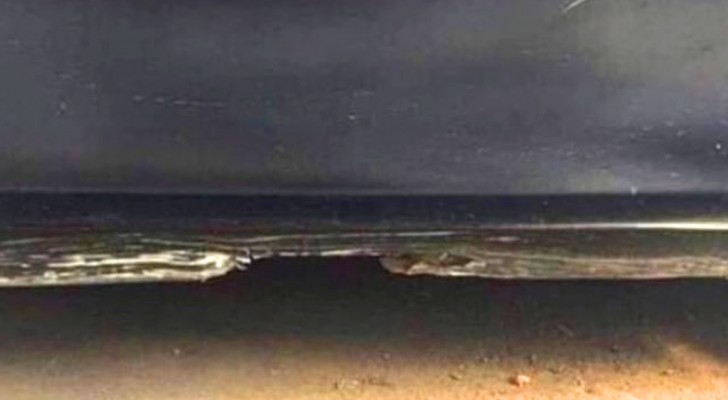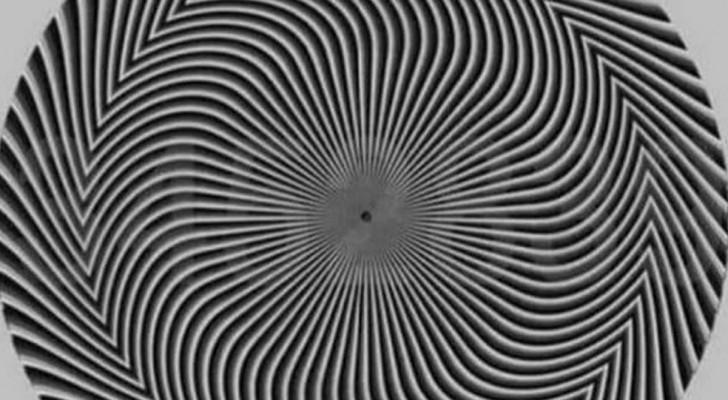Have you ever wondered why coins are circular in shape? The answer may surprise you

Centuries separate us from the era in which we moved from bartering to the use of money for the transaction of goods and services. Obviously, over time, many aspects of currencies have changed, including their value, the method of minting and even the materials used. At one time, paper banknotes weren't even contemplated. But coins have been around since the beginning of monetary systems.
And the most fascinating aspect is that coins have had circular shape since their inception. Have you ever wondered why coins have almost always have this shape? Let's find out together.
Origin of coins
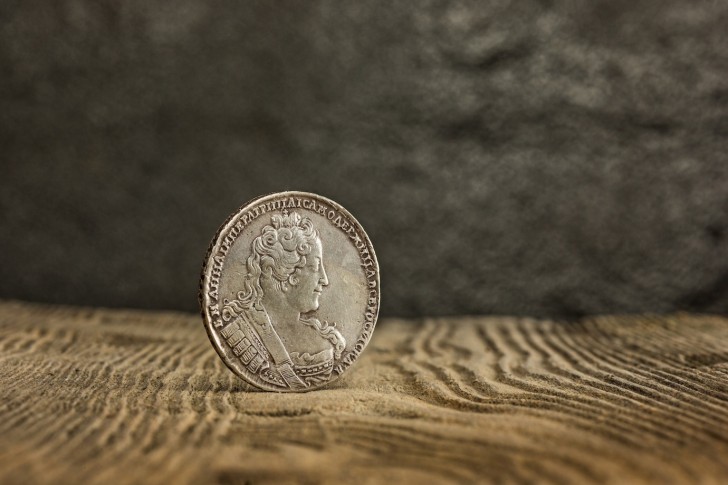
Coins were first introduced in Asia Minor in the 7th century BC. The first to conceive of and produce them were the Greeks of Ionia, led by the ruler of Lydia at the time. Initially a natural materail was used: electrum (which is naturally occurring alloy of gold and silver, with trace amounts of copper and other metals). The first monetary system, however, is credited to the king of Lydia, Croesus, around 560 BC. His system provided for a "bimetallic" minting that included coins not only in electrum, but also in silver and gold.
Two dies were used to engrave the desired marks or images on the coins. Then, a piece of metal was placed between the two dies and the upper die was struck hard to shape and carve the metal in question. Due to the continuous "percussions", the metal tended to turn into a "round" shape, giving rise to what would become an iconic coin.
In theory, every blacksmith or "minter" could have used differently shaped dies. Yet, throughout history, this has almost never happened. Why?
Reasons why coins are spherical in shape
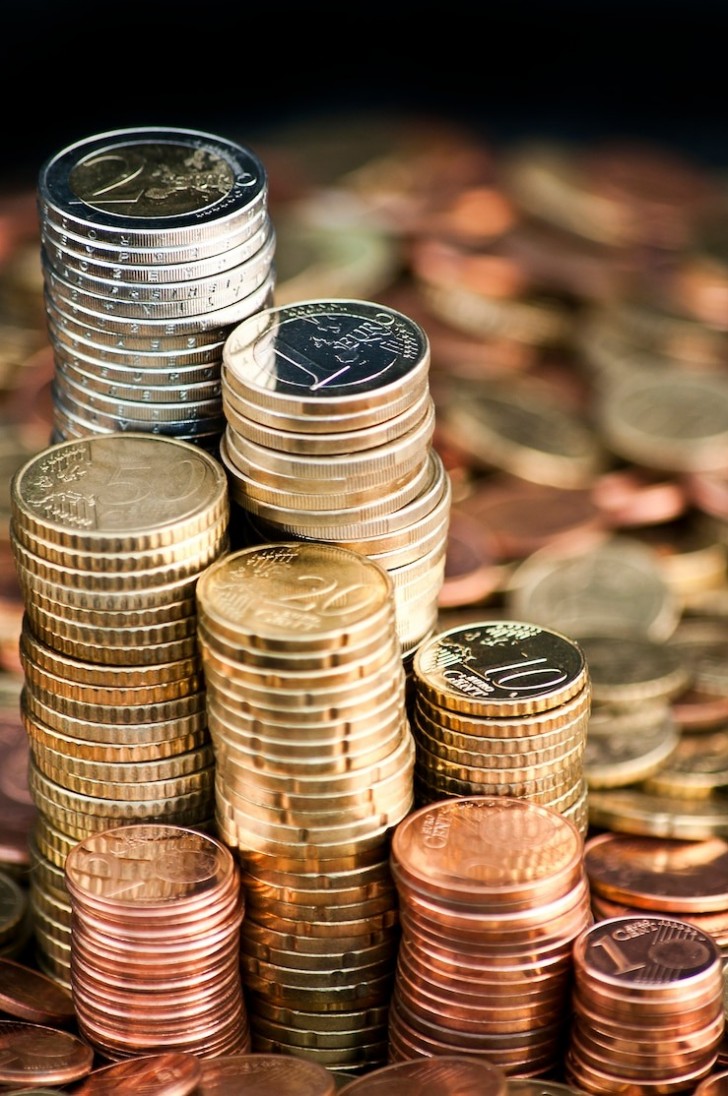
Round molds/mints were certainly simpler to work with as they did not require "aligned tools and dies". But the question of practicality was not the only motivation.
The circular shape offered many other advantages: it prevented the "scraping" of the coin - that is, it prevented criminals from "filing" any edges of coin off which - as we mentioned earlier - were mainly composed of precious metals. To prevent such fraudulent practices, "knurling" on the rounded edges was later added. But there's more.
Coins of any other shape would inevitably have been subject to greater wear: corners and edges would have eventually dulled and there would have been a risk of injury when handling them. Last but not least, round coins were easier to mass-produce. Did you know about this history of coins?
